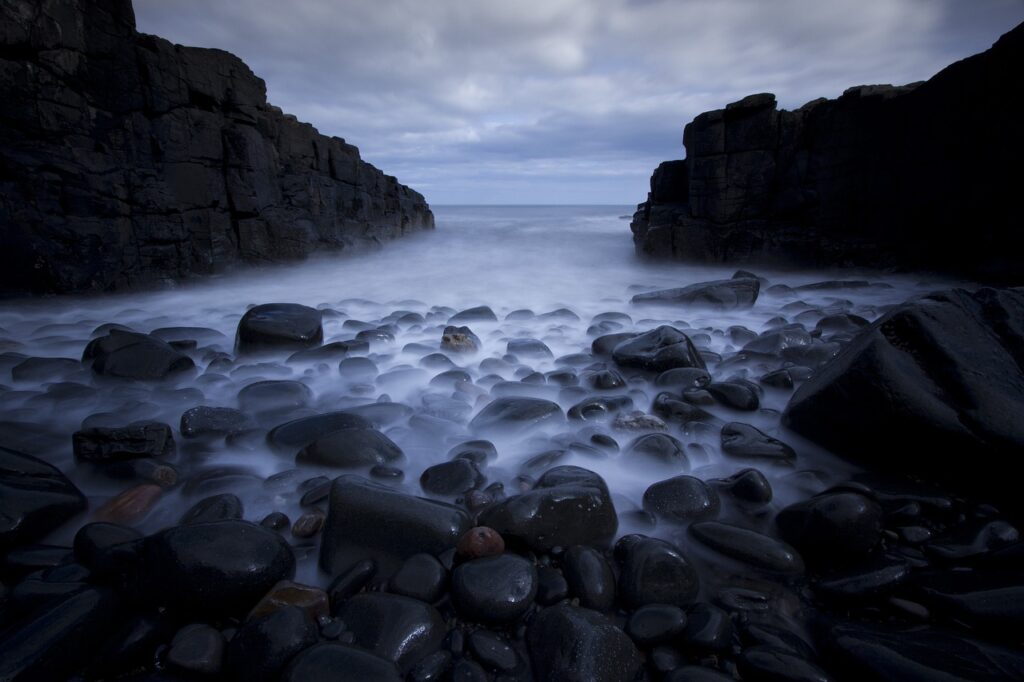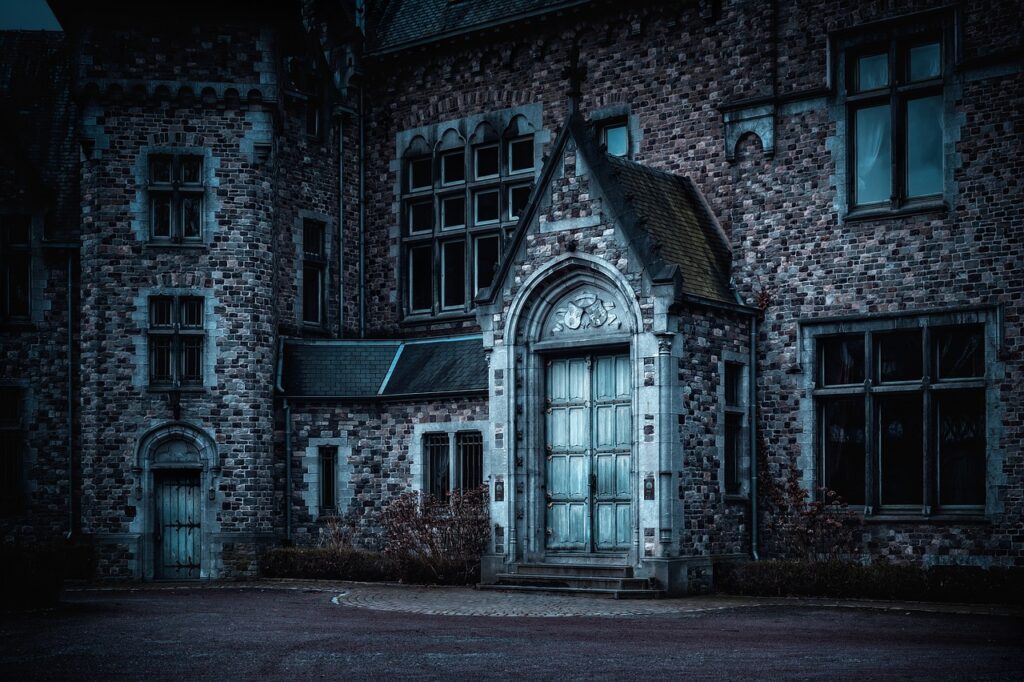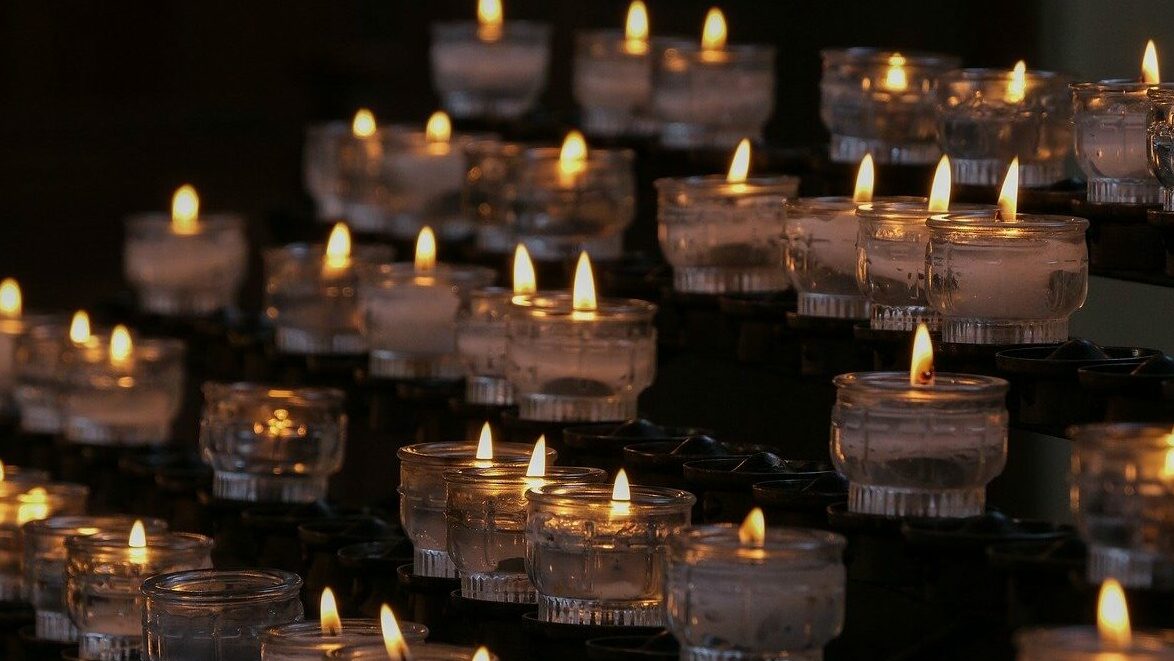
A Writer’s Guide to Dark Fantasy
There’s something endlessly compelling about stories that walk the line between magic and menace. Dark fantasy blends the mystical with the macabre—epic worldbuilding woven with dread, power, and moral ambiguity. It’s a genre where heroes don’t always win, monsters aren’t always evil, and the light at the end of the tunnel might just be an illusion. But how do you write a dark fantasy novel that goes beyond surface-level gloom and actually resonates with readers?
In this guide, we’ll break down the essential elements of the genre—tone, character, worldbuilding, and more—so you can build a story that’s rich, haunting, and unforgettable. Whether you’re crafting a grim kingdom ruled by dead gods or a cursed forest full of secrets, dark fantasy invites you to explore the shadows of the human condition.
Ready to descend into the dark? Let’s get started.
What is Dark Fantasy?
At its core, dark fantasy is a subgenre that blends the supernatural elements of fantasy with the dread, atmosphere, and moral complexity of horror. Unlike high fantasy, where good and evil are clearly defined, dark fantasy thrives in the murky gray—where heroes are haunted, villains have depth, and magic often comes at a terrible cost.
Think The Witcher, The Broken Empire, or The Sandman—worlds filled with cursed landscapes, flawed protagonists, ancient powers, and the lingering question of whether salvation is even possible.
When you’re writing dark fantasy, you’re not just building a world—you’re creating a mood. The atmosphere matters as much as the action. Your story should feel heavy with consequence, full of mystery, and often tinged with sorrow, fear, or fate.
If traditional fantasy is about escapism, dark fantasy is about confrontation—staring into the abyss and deciding what to become.
How to Write Dark Fantasy: Core Elements
To write compelling dark fantasy, you need more than just gloomy vibes and ominous castles. The genre rests on a few key pillars—each one helping to shape a story that is emotionally resonant, thematically rich, and uncomfortably real.
🕯️ Tone and Atmosphere
Everything in a dark fantasy novel should serve the mood. Whether your world is crumbling, cursed, or corrupted, the atmosphere should feel immersive and oppressive. Fog, ruins, whispers in the dark—it’s not just decoration; it’s part of the tension. Consider using:
Gothic Architecture: Crumbling castles, shadowy cathedrals, and labyrinthine ruins set the tone.
Desolate Landscapes: Fog-shrouded moors, cursed forests, and barren wastelands enhance the mood.
Supernatural Phenomena: Include eerie lights, haunting sounds, and otherworldly occurrences to deepen the sense of the uncanny.
⚔️ Moral Ambiguity
In dark fantasy, characters are rarely purely good or evil. Your heroes may have blood on their hands, and your villains may be driven by grief, loyalty, or vengeance. To deepen this:
✦ Let choices have permanent, painful consequences.
✦ Put characters in situations with no easy answers.
✦ Explore internal conflict as much as external.
🩸 Supernatural Elements with Teeth
Magic in dark fantasy isn’t about wish fulfillment—it’s dangerous, unpredictable, and often costs something vital. Your supernatural world might include:
Hidden Worlds: Planes or creatures just out of sight, bleeding into reality.
Corrupting Magic: Each spell chips away at the caster’s body or mind.
Sentient Artifacts: Cursed swords or relics that whisper, tempt, or control.
💀 Themes of Death, Power, and Corruption
Dark fantasy isn’t afraid to explore life’s darker truths. Some recurring themes include:
Existential Dread: Questions about fate, free will, and what lies beyond death.
The Cost of Power: Leaders who rise only to fall into tyranny.
Decay of Institutions: Fallen kingdoms, corrupted churches, disillusioned orders.

Worldbuilding Tips for Dark Fantasy
In dark fantasy, your world isn’t just a backdrop—it’s an active force shaping the tone, themes, and even the characters themselves. Whether it’s a decaying empire or a forest haunted by the memories of the dead, your setting should feel lived-in, cursed, and inescapably real.
🌒 Let the World Reflect the Darkness
Your environment should echo the emotional and thematic weight of the story. Desperation, isolation, corruption—these can all be embedded in the setting itself.
✦ Weather and Climate: Endless twilight, oppressive heat, or seasonal plagues can wear on characters’ spirits.
✦ Ruins and Relics: Abandoned temples, shattered statues, or ancient battlefields hint at a history of suffering.
✦ Tainted Nature: Forests that bleed sap, rivers that whisper, or mountains that groan can unsettle readers.
🕳️ Build Flawed Systems
In dark fantasy, power structures are rarely just. Whether religious, political, or magical, the systems in place should be flawed—or actively harmful.
✦ Religious Orders that preach salvation but practice cruelty
✦ Guilds or Governments that maintain control through fear, sacrifice, or surveillance
✦ Magic Systems that are powerful but inherently corrupting or addictive
Every detail of your world should reinforce the question at the heart of dark fantasy: What does it cost to survive here?
Crafting Dark Fantasy Characters
In dark fantasy, characters aren’t paragons of virtue—they’re survivors, schemers, and wanderers carrying scars both literal and emotional. Understanding how to write dark fantasy means creating characters who feel shaped by the broken world around them—and who, in turn, have the power to break others.
👤 Embrace Moral Complexity
The best dark fantasy characters walk the line between hero and villain. Their choices may be justified, but rarely clean.
Antiheroes: A bounty hunter who protects orphans but leaves corpses behind.
Reluctant Villains: A healer who sacrifices innocents to keep their loved one alive.
Corruptible Innocents: A wide-eyed apprentice slowly seduced by forbidden magic.
Let your characters want something desperately—redemption, power, revenge—and force them to ask how far they’ll go to get it.
🧠 Lean Into Internal Conflict
Dark fantasy thrives on psychological tension. Characters should grapple with guilt, trauma, temptation, or loss. Build their inner lives as carefully as their backstories.
✦ Use flashbacks, dreams, or hallucinations to reveal hidden fears.
✦ Let their past shape their present decisions, for better or worse.
✦ Show them wrestling with doubt—not just in the world, but in themselves.
A well-drawn character in a dark fantasy story isn’t just surviving the world—they’re surviving themselves.

Plot and Structure in Dark Fantasy
Dark fantasy plots often explore descent and transformation rather than clear-cut victories. The story arc usually involves characters confronting inner demons as much as external threats, with endings that may challenge or unsettle readers.
Key Plot Approaches:
Descent Into Darkness: Your protagonist might start hopeful but gradually lose innocence or morality.
Corruption and Power: Explore how power changes characters—sometimes for worse, sometimes with tragic consequences.
Moral Dilemmas: Present choices where every option has serious costs, pushing characters to compromise their values.
Pacing matters—allow moments of quiet reflection and horror to breathe between action. Foreshadowing and motifs can build a slow, creeping sense of dread. Rather than neat resolutions, endings in dark fantasy often leave questions unanswered or consequences lingering.

Writing Style and Voice
In dark fantasy, your writing style sets the mood as much as the story itself. Use rich, evocative descriptions to immerse readers in a world that’s haunting and atmospheric—without overwhelming them.
Employ symbolism and motifs to reinforce themes like decay, fate, or corruption. Sentence rhythm should vary: slow, languid passages build tension, while sharper, clipped sentences heighten moments of danger or revelation.
Resist the urge to overdo gore or shock. Instead, focus on subtle unease and psychological depth to create lingering dread that stays with your readers long after the last page!
Common Pitfalls to Avoid
When learning how to write dark fantasy, it’s important to strike a delicate balance—lean too hard into darkness without depth, and your story risks becoming grim for grim’s sake. Avoid clichés like one-dimensional villains who are evil just to be evil, or protagonists who are dark but lack relatable motivation.
Don’t confuse gratuitous violence or gore with meaningful darkness. True dark fantasy explores emotional and moral complexity, not just shock value. Also, be careful not to mislabel your story—if your tale is mostly horror or high fantasy, calling it dark fantasy can confuse readers and hurt discoverability.
Focus on nuance, character depth, and atmosphere to keep your story compelling and authentic.
Inspiration and Recommended Reading
Studying the masters can illuminate your path in writing dark fantasy. Consider diving into classics and modern gems like:
★ The Witcher series by Andrzej Sapkowski, for morally complex characters and grim worldbuilding.
★ The Broken Empire trilogy by Mark Lawrence, showcasing ruthless antiheroes and brutal political intrigue.
★ Sabriel by Garth Nix, blending dark magic with a haunting atmosphere.
★ The Sandman graphic novels by Neil Gaiman, weaving myth and darkness with poetic prose.
To spark creativity, try this: write a scene where your protagonist confronts a choice with no good outcome. How does the setting reflect their internal struggle?
Writing a dark fantasy novel means embracing complexity, moral ambiguity, and crafting a world where shadows hold as much power as the light. With the right tone, compelling characters, and immersive worldbuilding, you can create a story that lingers in readers’ minds long after they finish the last page.
So, dear writer, are you ready to step into the shadows and breathe life into your dark fantasy? Embrace the darkness, wield your imagination, and craft a tale that will captivate—and haunt—your readers long after the final page.
Curious about other aspects of fantasy writing? Consider our posts on Writing Young Adult Fantasy Novels or Crafting Middle Grade Fantasy Worlds!

Atmosphere Press is a selective hybrid publisher founded in 2015 on the principles of Honesty, Transparency, Professionalism, Kindness, and Making Your Book Awesome. Our books have won dozens of awards and sold tens of thousands of copies. If you’re interested in learning more, or seeking publication for your own work, please explore the links below.
